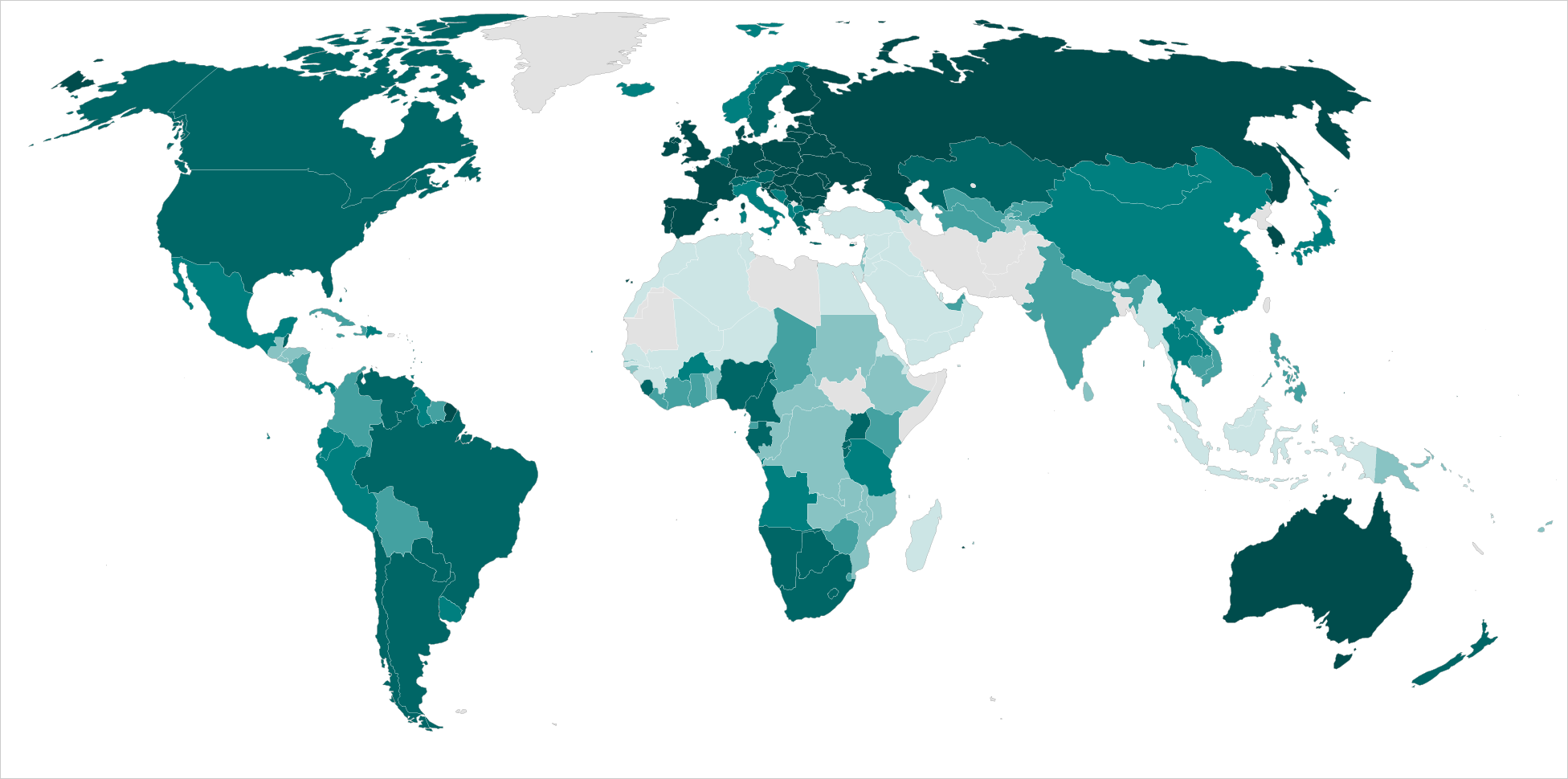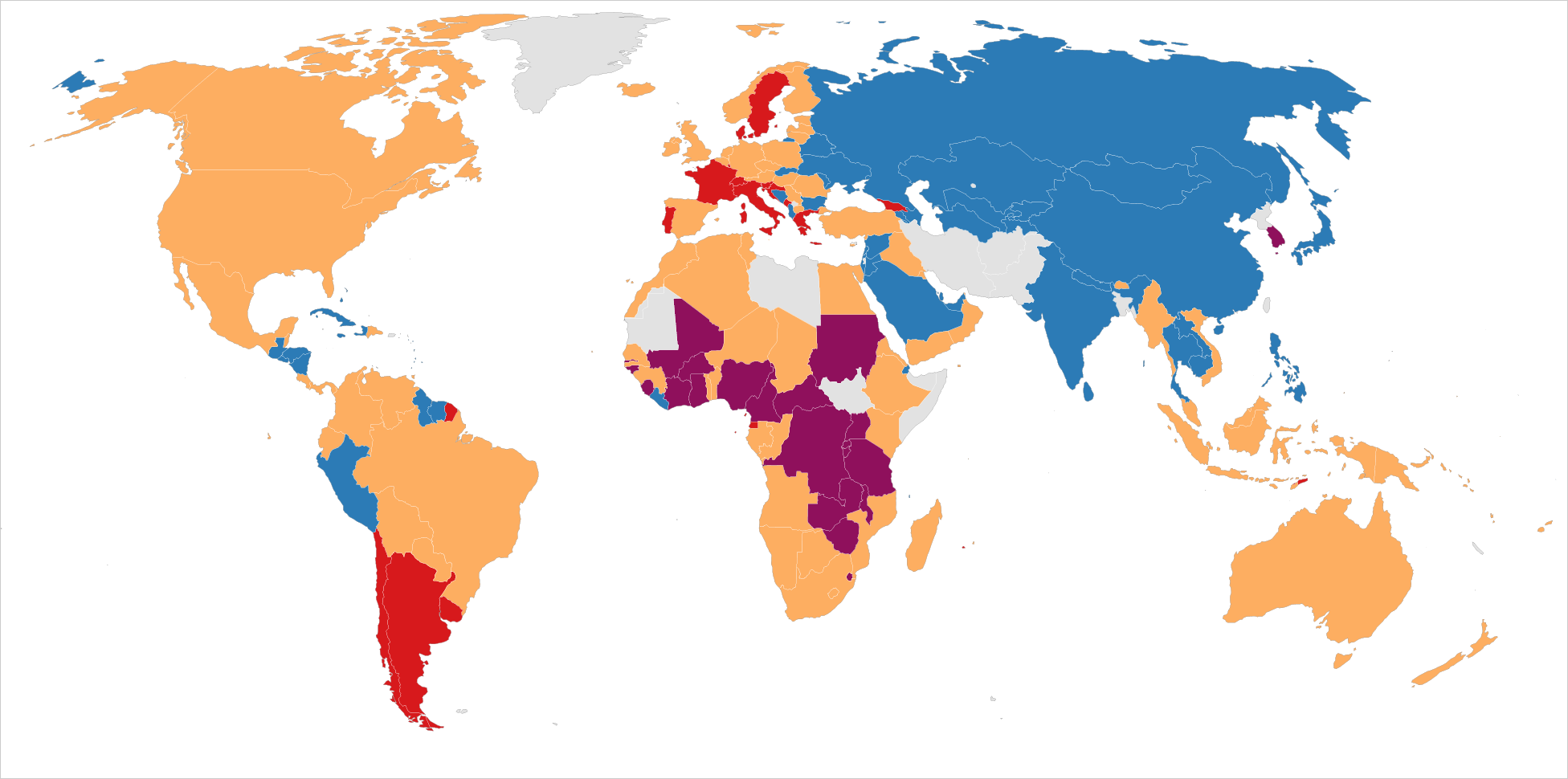Booze calculator: What's your drinking nationality?
- Published
How does your drinking measure up to the average in countries around the world? Find out below if you are similar to a boozy Belarusian or a teetotal Kuwaiti.

Try other BBC calculators
You v Neymar: How do your salaries compare? See how long it would take you to earn a star footballer's weekly wage
Has your pay outperformed inflation? Check if your job is paying less than it used to
Where can I afford to live? Find out where in the country you could rent or buy

What is meant by 'other' drinks?
Alcoholic drinks made from malted barley count as beer, those from fermented grapes as wine, and all distilled drinks are categorised as spirits.
But that leaves out a lot of sources of alcohol. So cider, made from apples or pears, or sake, made from rice, are separated out into the "other" category by the World Health Organization, which compiles the drinks data published on this page.
Beer made from sorghum would also fall into the "other" category, which is why this category is dominant in large parts of sub-Saharan Africa - sorghum is a grain that thrives in hot climates and can withstand harsh droughts.
Fortified wines such as port, made with a hybrid fermentation process that includes distillation, are separated from regular wine and listed as "other" by the WHO.
About the calculator
The closest-matching country calculation is based on a comparison of your data with the average alcohol consumption of beer, wine, spirits and all other drinks lumped together for the entire population of each country in the WHO's data: men, women, drinkers and non-drinkers of all ages over 15.
It assumes, as the WHO does, that the average pint of beer or cider is 5% alcohol by volume, that wine is typically 12%, that spirits are 40%, fortified wines are 17.5%, and sake 9%.
About the data
The WHO collates and publishes country-level data on overall per-capita alcohol consumption, broken down by type of drink, which is based on tax receipts or import-export data. In countries where these sorts of official statistics are unavailable, industry data is used instead.
In addition to this, the organisation tries to quantify the amount of "unrecorded" alcohol consumed, which may have been home-brewed or smuggled into the country - or taken from sources not intended for human consumption.
This second category, which the WHO reports is larger than the official category in some countries - and highest of all in Moldova - is underpinned by survey data or, if all else fails, "expert opinion".
As a consequence, the statistics on this page are not without uncertainty. For full details on methods and confidence intervals, please see the WHO website.
Roughly how many units of alcohol are in each drink?
Single shot of spirits (25ml): 1 unit
Standard (175ml) glass of wine: 2.1 units
Large (250ml) glass of wine: 3 units
Pint of 4%-strength beer: 2.3 units
Pint of 5%-strength beer: 2.8 units
Pint of strong cider (8%): 4.5 units
What is the official advice on alcohol consumption?
To keep health risks from alcohol to a low level it is best not to drink more than 14 units a week, according to official guidelines in the UK.
If you do drink more than this amount it is best to spread your drinking evenly over three or more days.
The risk of health problems, including some cancers, increases the more you drink on a regular basis.
The World Health Organization defines drinking heavily as consuming more than 7.5 units in a single occasion.
Drinking this much at least once a month "is associated with detrimental consequences even if the average level of alcohol consumption of the person concerned is relatively low", it says.
Produced by Ed Lowther, Lilly Huynh, Mark Bryson and Steven Connor.

